
Strategic Problem-Solving: Think It Through Before You Act
L
ogical thinking doesn’t just help with math—it helps with life. When children learn to break problems into steps, test their ideas, and look for patterns, they build tools they’ll use everywhere. Logic teaches that even tricky situations can be approached thoughtfully. It helps kids pause, think it through, and ask, “What makes sense here?” That mindset can turn confusion into confidence.
One afternoon, my son couldn’t figure out why his homemade pulley wasn’t lifting a toy. He kept trying harder, pulling faster. I asked, “What do you think is going wrong?” He stopped, examined the setup, and adjusted the angle. Nothing. Then he shifted the spool, and the toy rose. That moment taught him something better than mechanics: that pausing to think beats rushing to fix. It was his logic, not his strength, that got the job done.
You can build this habit in everyday life. Solve riddles together, organize clutter with systems, or play strategy games that reward careful planning. When a problem shows up—whether it’s a stuck zipper or a tangled plan—ask your child what steps might help. The more they break things down, test ideas, and adjust, the more they’ll trust their mind to handle what comes.
Strategic Problem-Solving
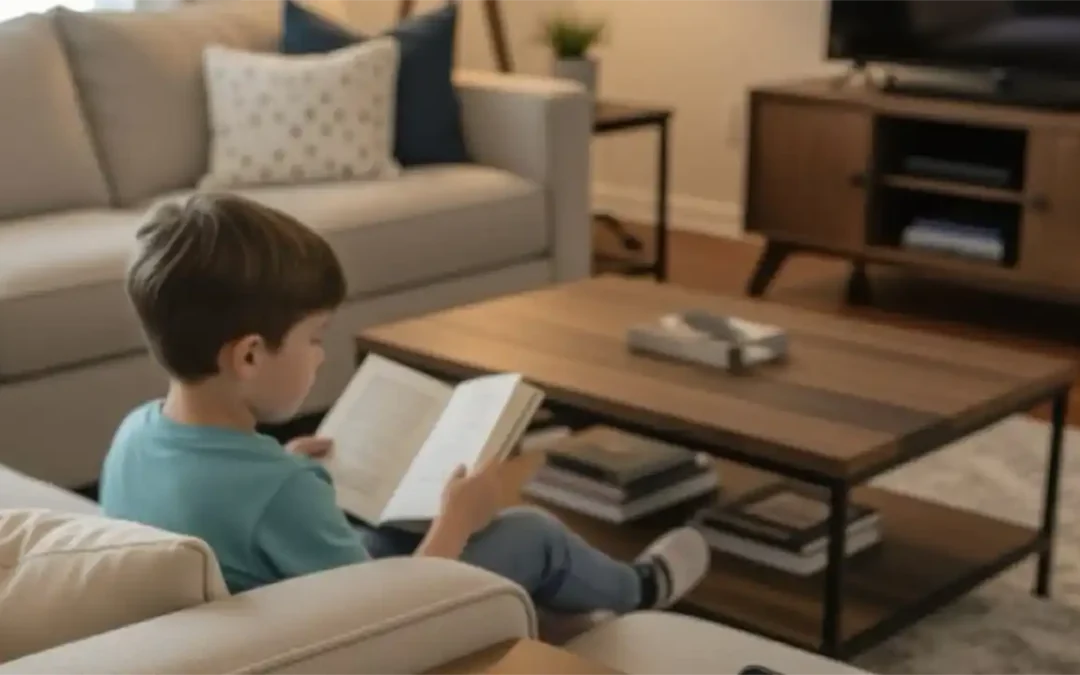
Strategic Problem-Solving: Strengthen Sustained Attention
Focus grows through practice. Use gentle routines to help children develop concentration and stay engaged without stress.
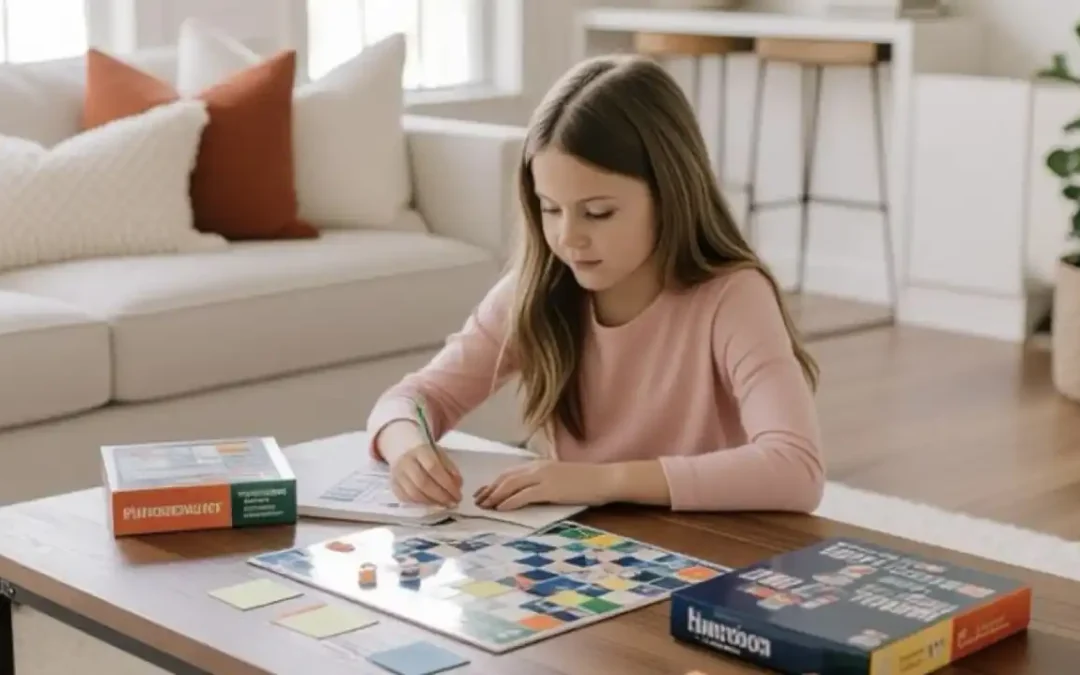
Strategic Problem-Solving: Plan Ahead
Planning helps children manage time, emotions, and goals. Learn how to encourage simple planning habits that grow into lifelong strengths.
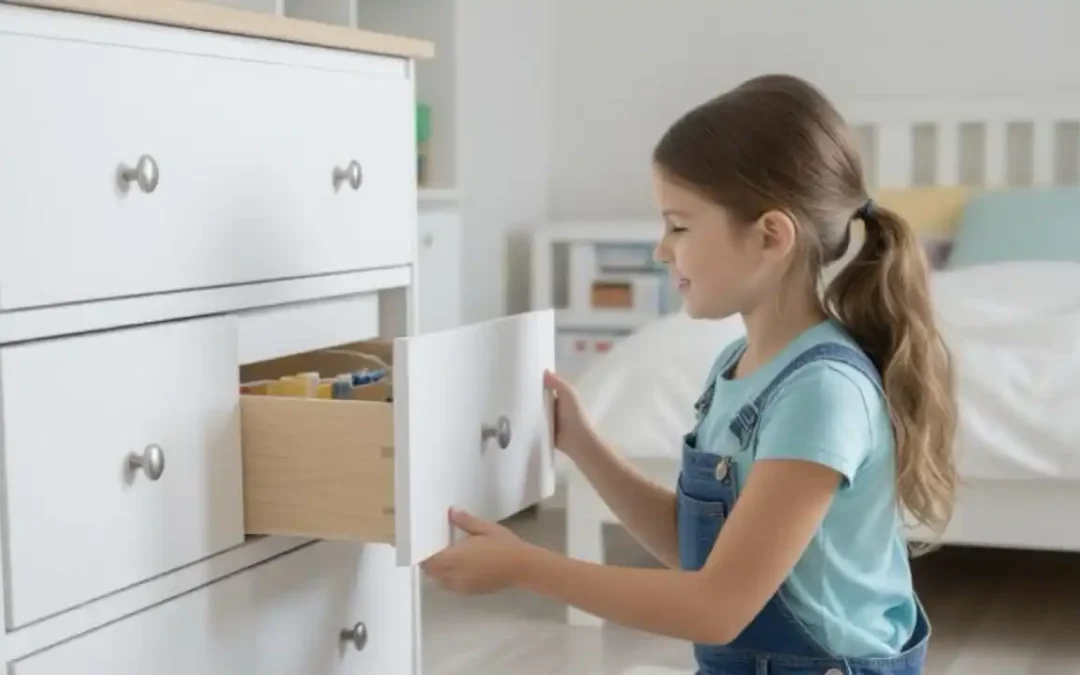
Strategic Problem-Solving: Invent New Solutions When Stuck
Encourage creativity when challenges arise. Children learn flexibility and resilience by trying new approaches when the first attempt doesn’t work.

Strategic Problem-Solving: Solve Problems with Clues
Teach children to look for clues, test ideas, and try again. Clue-based reasoning strengthens persistence and careful observation.

Strategic Problem-Solving: Recognize and Extend Patterns
Patterns help children understand math, language, and nature. Spotting patterns builds prediction, memory, and reasoning skills.
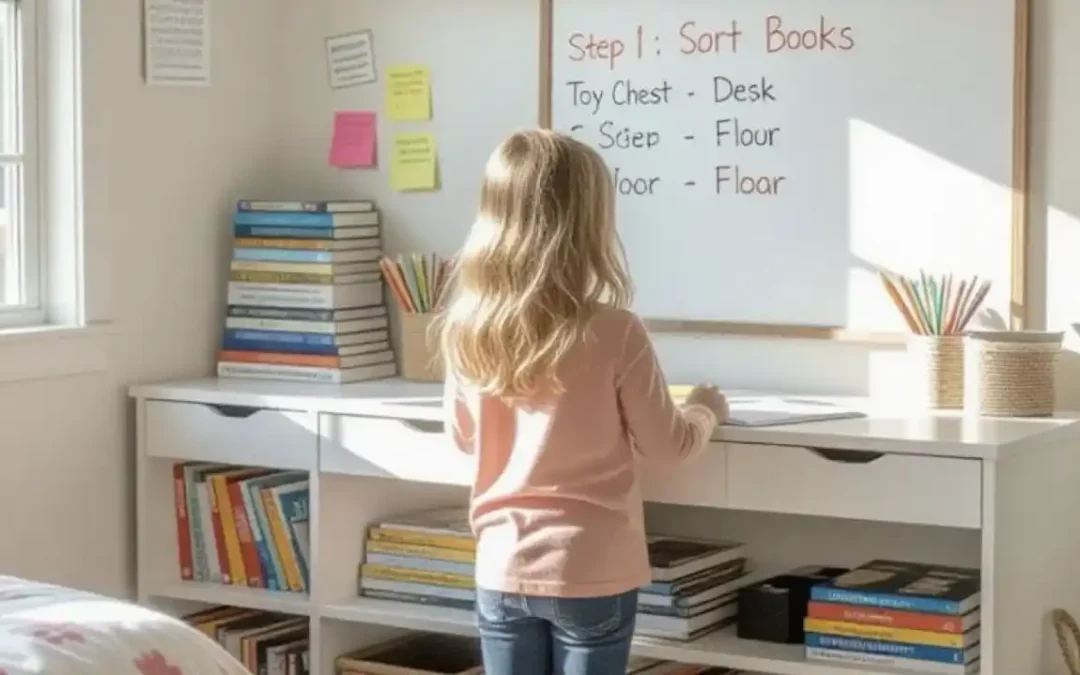
Strategic Problem-Solving: Break Big Problems Into Steps
Help children approach challenges by dividing them into manageable pieces. This builds patience, logical thinking, and success over time.
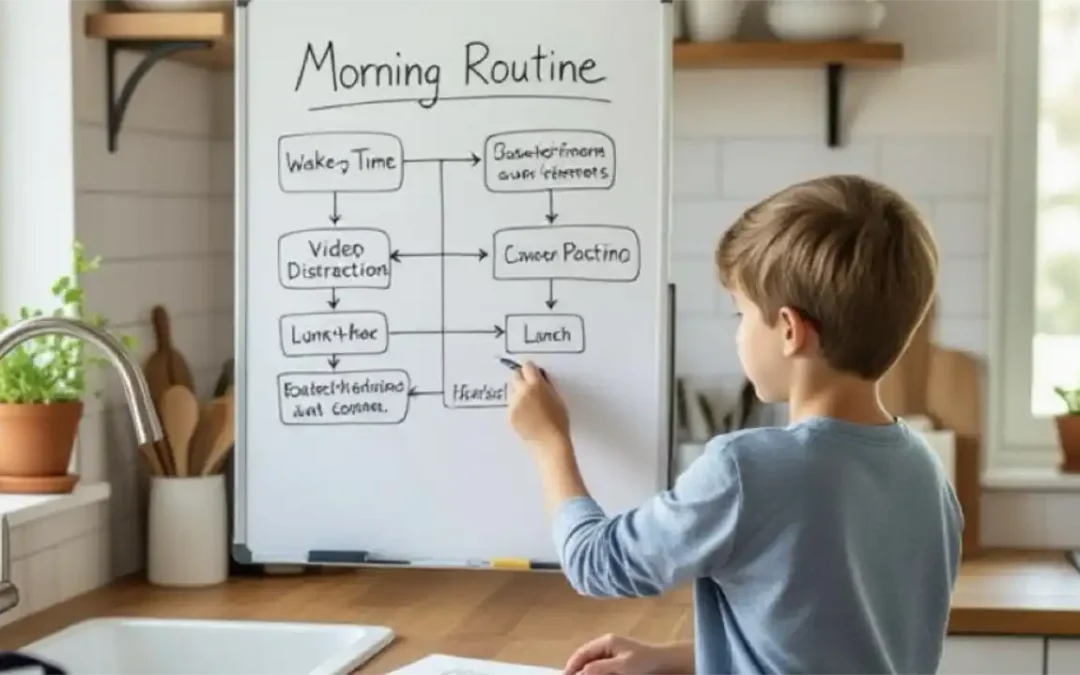
Strategic Problem-Solving: Think in Systems
Show children how parts connect within a whole. Systems thinking encourages clarity, planning, and thoughtful decision-making.

Strategic Problem-Solving: Sequence Complex Tasks Effectively
Teach children to break big tasks into simple steps. Sequencing builds problem-solving skills, independence, and confidence.
Table of contents

Primordial Soup for the Mind: Navigation
Navigate the book Primordial Soup for the Mind.
TIPS
- Encourage your child to slow down and break problems into steps.
- Focus on thinking strategies, not just correct answers.
- Reinforce that mistakes are part of figuring things out.
ACTIVITIES
- Fix-It Plan: When something breaks or gets stuck, ask, “What’s the first step?” and let your child guide the repair process.
- Logic Game: Play games that reward planning (like Sudoku, Rush Hour, or simple coding puzzles). Pause to talk through strategies.
EXAMPLE
My son’s pulley setup kept failing. Instead of rushing to help, I asked what he thought might be wrong. He adjusted the angle—and figured it out himself. It wasn’t about strength. It was about thinking.

Download “Primordial Soup for the Mind: A Parent’s Guide to Nurturing Intellectual Growth”
Enter your information to get this article and hundreds more as part of the FREE book Primordial Soup for the Mind.
Share your thoughts with the Thought Academy community in the Comments section below.

Sharpen those skills!
Enter your information to get our FREE practice exercises so you can hone your critical thinking and reasoning skills!

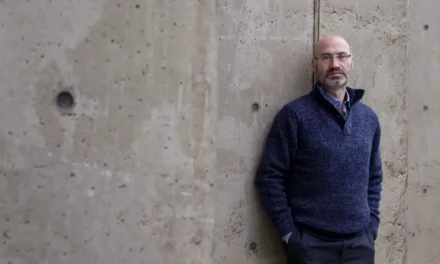





0 Comments